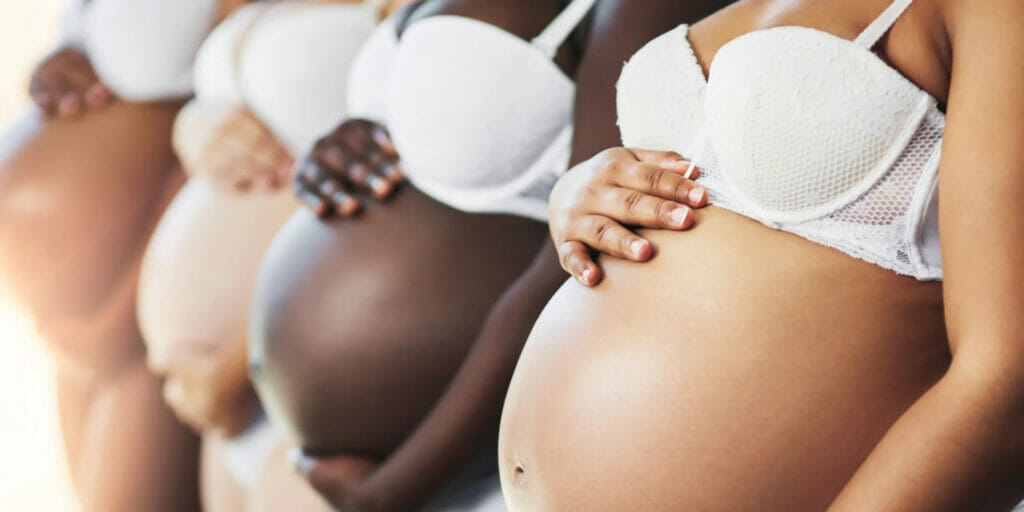Pregnancy occurs when a fertilised egg cell in a woman by the sperm, is implanted in the womb (uterus) of the woman. When this happens, a zygote is formed which continues to develop into an embryo, then a foetus and ultimately, a fully formed baby.
A full-term pregnancy lasts around 37 – 40 weeks from the first day of a woman’s last period. These 40 weeks are divided into three stages called TRIMESTERS. Each trimester comes with different signs and body development for both the mother and the baby.
When a baby goes past 40 weeks, the woman will be declared overdue. Let’s get a close look into the different stages of human pregnancy.
First trimester (0-13 Weeks)
The first stage of pregnancy is called the first trimester. During this period, your baby’s body structure and organs develop. A baby grows rapidly from an embryo ( 3 Weeks after fertilisation) to a foetus – in the eight week of pregnancy. Generally, it’s called an embryo from conception until the eighth week of development. After the eighth week, it’s called a foetus until it’s born. The foetus begins developing their brain, spinal cord, and organs. The baby’s heart will also begin to beat.
For the woman, the stomach isn’t yet protruded at this stage, as the baby is just forming but certain physical changes occur in the woman’s body. nausea, fatigue, breast tenderness and frequent urination.
it’s estimated that about 1 in 10 pregnancies end in miscarriage, and that about 85 percent of these occur in the first trimester.
Second Trimester (14 to 26 weeks)
This is the longest of the three stages and is often thought of as the best part of the pregnancy experience. This is because this is when many of the unpleasant symptoms and discomfort of early pregnancy subside. By this time, any morning sickness is probably gone, You’re likely to have increased energy and sleep better. However, the abdomen expands as the foetus grows. This period is also associated with swollen face and fingers, as well as darker skin.
The foetus will start to develop facial features during this month. Bone marrow is making blood cells, the lungs have formed but do not yet work. You may also start to feel movement as the foetus flips and turns in the uterus. You’ll probably begin to feel your baby move, kick, and punch inside of your uterus. This is known as “quickening” and happens somewhere between 16-20 weeks
It is also during this trimester that the sex of the body is determined, through an anatomy scan (an ultrasound that checks physical development) around 20 weeks.
After 23 weeks, a baby is considered “viable.” This means that it could survive living outside of your womb. This is the time some women experience premature birth. Babies born this early often have serious medical issues.
Your baby has a much better chance of being born healthy the longer you are able to carry the pregnancy.
Third Trimester (27-40 Weeks)
This is the final part of your pregnancy, where each week of this final stage of development helps the foetus prepare for birth. Throughout the third trimester, the foetus gains weight quickly, adding body fat that will help after birth. This makes the pregnant woman’s belly bigger than it was in the second trimester.
Some of the physical symptoms you may experience during this period include shortness of breath, haemorrhoids, urinary incontinence, varicose veins, and sleeping problems. The pregnant woman would experience frequent urination,
The brain develops rapidly at this time, and the foetus can see and hear, and most internal systems are well developed.
In this final month, you could go into labour at any time. You may notice that there is less movement because space is tight. At this point, the baby may have changed position (head-down) to prepare for birth. When due, contraction will take place and the baby is ready to come out of the womb into the world.
